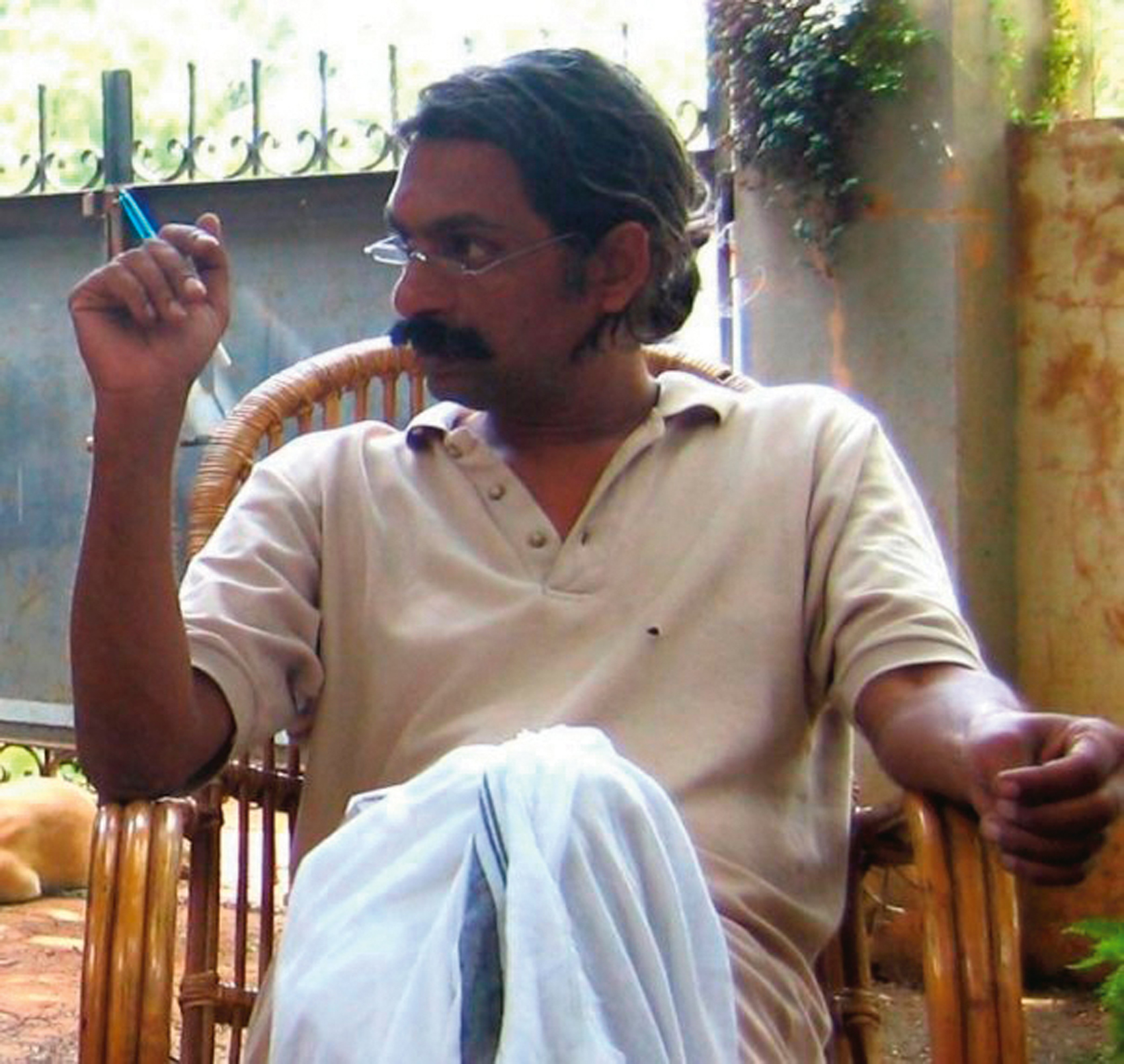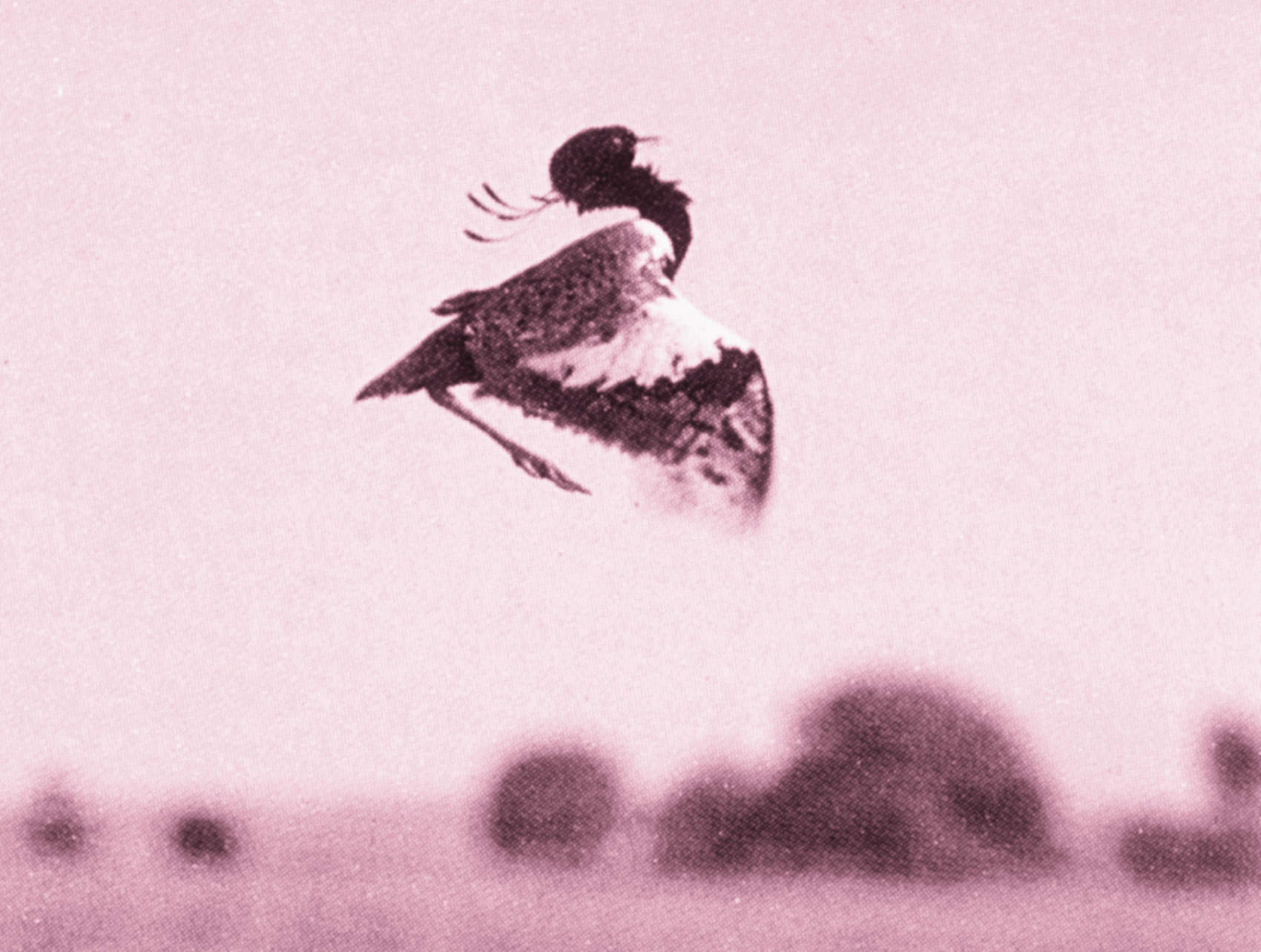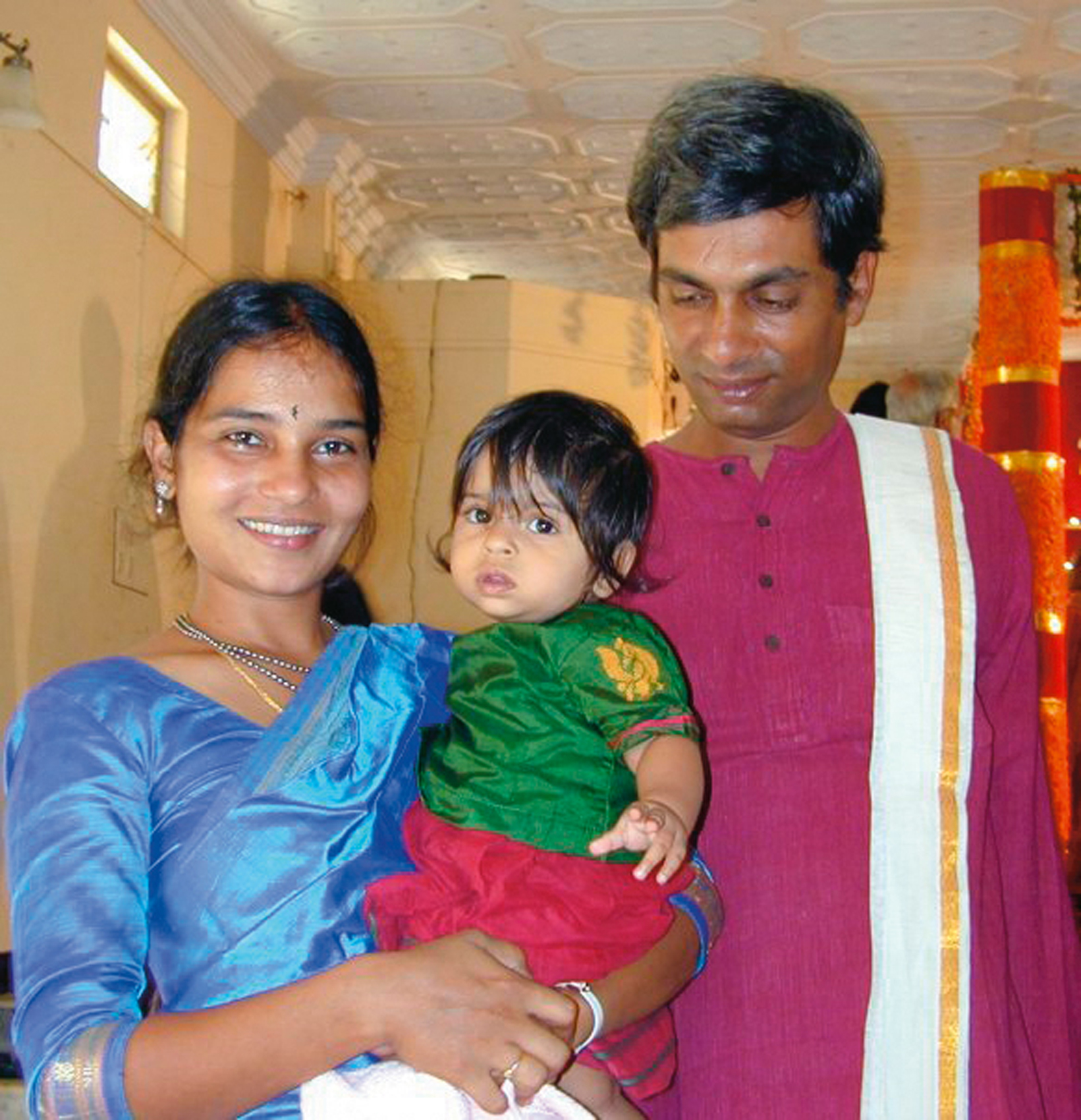Dr. Ravi Sankaran - (October 4, 1963 - January 17, 2009)
First published in Sanctuary Asia,
Vol. 30
No. 12,
December 2010
Conservation biologist, humanist, activist (October 4, 1963 – January 17, 2009)
By Bittu Sahgal
My earliest contact with Ravi Sankaran was over two decades ago when this young field biologist would breeze into Hornbill House in between the field studies he was conducting on Great Indian Bustards, Bengal Floricans and all the creatures that shared their grassland habitats. I was then on the Executive Committee of the Bombay Natural History Society (BNHS) and Ravi and I would share many a dosa at the grubby MLAs hostel across the road where we would talk about evolution, conservation, BNHS politics… and the floricans that eventually earned him his doctorate.
There was always something about Ravi that instantly set him apart… a sort of confidence born both of his field craft and the knowledge that he was doing what he was doing because he loved the job… not because he needed it.
A bachelor then, he was unshackled by the material desires that tend to imprison people in lifestyles of their own making. His desires lay elsewhere and he wrote regularly and passionately about them in Sanctuary:

A field biologist par excellence, Ravi Sankaran worked closely with the Bombay Natural History Society for many years and served as the Director of the Sálim Ali Centre for Ornithology and Natural History. He prioritised working with local communities and helped build bridges between tribals, the government and conservationists.
Photo:Karthik Rajan
It was winter now. I had watched the changes in the desert from the end of summer, through the brief beauty of the rains and now the land was dry once more. The little grazing that the rains had provided was over and many of the nomads whom I had got to know so well had left with their livestock. Those that had not were making preparations to do so. It was time for me to move on too, not without a pang of regret. My departure from the Thar was made easier by the knowledge that I would one day return. The walled city of Jaisalmer rising out of the desert behind me receded swiftly as the Jeep carried me across the desert. Soon it was gone, its magic but a memory as civilisation reclaimed me.
Without doubt my most memorable moment with him was swimming in the Andaman Sea after diving off a small boat between Chiriyatapu and Rutland Island. This is where Ravi was studying Edible-nest Swiftlets Aerodramus fuciphagus. As we negotiated powerful surges that swooshed through the narrow cave entrance behind which magic lay, Ravi turned to me and shouted above the surf: “Be careful not to scrape yourself against the cave entrance." Once in we found ourselves in a dark, womb-like grotto, perhaps 30 m. wide, 15 m. deep and 20 m. high. The swiftlets flew in and out of the cave, timing their flight, much as we did, by avoiding the high waves that totally inundated the two-metre-wide entrance every few moments. Once inside, away from the narrow opening, we stood together in the dim light on a shingle and pebble beach. Looking back out we could see a blue-white light, obliterated every few waves by aquamarine water of the purest hue. The closest we agreed that could describe the vision before us was the “tunnel-of-light, near-death experience" that people who come back from the brink sometimes narrate.
Though scientific journals are replete with papers written by him, Ravi always made time to write for ‘lay persons. And his writing style was invariably narrative and engaging:
Below me, to where the dune fell to the ground, I saw a dead tree. At first it seemed quite devoid of life, but suddenly, disturbed by my presence, a desert fox bolted from a den cleverly dug at the base of the lifeless trunk. After setting a safe distance between us the exquisite animal paused atop a dune across me, threw me one backward glance and then made off at a gallop across the Thar desert.
Wildlife filmmaker Shekar Dattatri, with good reason, describes him as the Indiana Jones of Indian wildlife biology. Which is why many of us were both surprised and delighted when he was appointed Director of the Sálim Ali Centre for Ornithology and Natural History (SACON) in Coimbatore, a job he tackled brilliantly and with great aplomb.

Ravi Sankaran was a man of many talents – among them writing and photography. This picture of the Lesser Florican Sypheotides indica was sent to us by him to support an article written for Sanctuary on the birds. His simple and effective writing style was both accurate and compelling. A first rate scientist, he will always be remembered for his passionate commitment and immense contribution to field biology.
Photo:Ravi Sankaran
His obituary posted for posterity on Facebook sketches the placemarkers of a life lived to the hilt, but comes nowhere near to describing the sheer richness of a life well-lived:
Ravis interest in nature and wildlife was apparent from his childhood itself as his friends recount the times when Ravi would try to introduce them to snakes and insects. His schooling was at Rishi Valley School, Madanapalli, Andhra Pradesh, an institution known for its holistic approach to education involving, among other things, the appreciation of nature. Ravi then strode towards his professional career, obtaining a Bachelor of Science degree in Zoology from Loyola College, Chennai, before joining the reputed Bombay Natural History Society to work ultimately towards his doctoral degree, conferred in 1991. A firm believer in long-term work, Ravi continued monitoring florican populations and their grassland habitats every year, even as he took up other challenging projects on bird species in the Andaman and Nicobar islands. Although he retained links with the BNHS and his other colleagues and collaborators from his florican days, Ravis latter work was taken up at the Sálim Ali Centre for Ornithology and Natural History (SACON), Coimbatore, that he joined in 1992, becoming one of its most active and dedicated scientists.
Yes he was associated with all manner of creatures ranging from those that lived in the high Himalaya to the megapodes of the Nicobars but when I shut my eyes and think of Ravi the bird I associate him with instantly is the Bengal Florican about which he wrote in Sanctuary:
Close to sunset, the sun finally broke through the cloudy skies. It had been tiring looking for floricans through most of a rainy afternoon. Splashing through a narrow stream, still muddy after the recent rains, I walked up the low ridge in front of me. Florican! A hundred metres away, on the opposite ridge, a male florican stood looking around with an air of barely suppressed energy and excitement. Seemingly conscious of his looks, the florican ran his beak through the feathers of his glossy black neck and belly. While the plumes on his head waved in the gentle breeze, he shuffled his feet impatiently as he surveyed the mosaic of emerging green around him. Then abruptly with a flash of white and a sharp carrying rattle, the florican fluttered off the ground before dropping back to the spot he took off from. With an amusingly cocky air, he did that endearing jump twice more, before hurrying away into the fast descending dusk.

Photo:Divya Mudappa
Ravi was a scientist par excellence. He was also a humanist and a realist. Almost without exception when he studied species and habitats, he would lavish time with the communities that lived cheek-by-jowl with his subjects. He thus came to know the Bishnois of Rajasthan, the hill people of the Himalaya and the island dwellers of the Andamans more intimately than most. He also tried to create bridges between communities and wildlife officials and worked to harmonise policies such that locals did not have to pay the greatest price for conservation.
Put simply, he was a good man. I will miss him. I doubt that anyone who met and interacted with him would say anything different.
Dr. Ravi Sankaran died of a heart attack on January 17, 2009 at his home near Coimbatore. He left behind a wife, Deepa (Rajyashri) and young daughter, Yamini, both of whom, very tragically, also died on September 14, 2010 when their taxi collided with a truck en route to the Rishi Valley School where Deepa taught. The conservation community, their friends and many admirers are still in shock.




